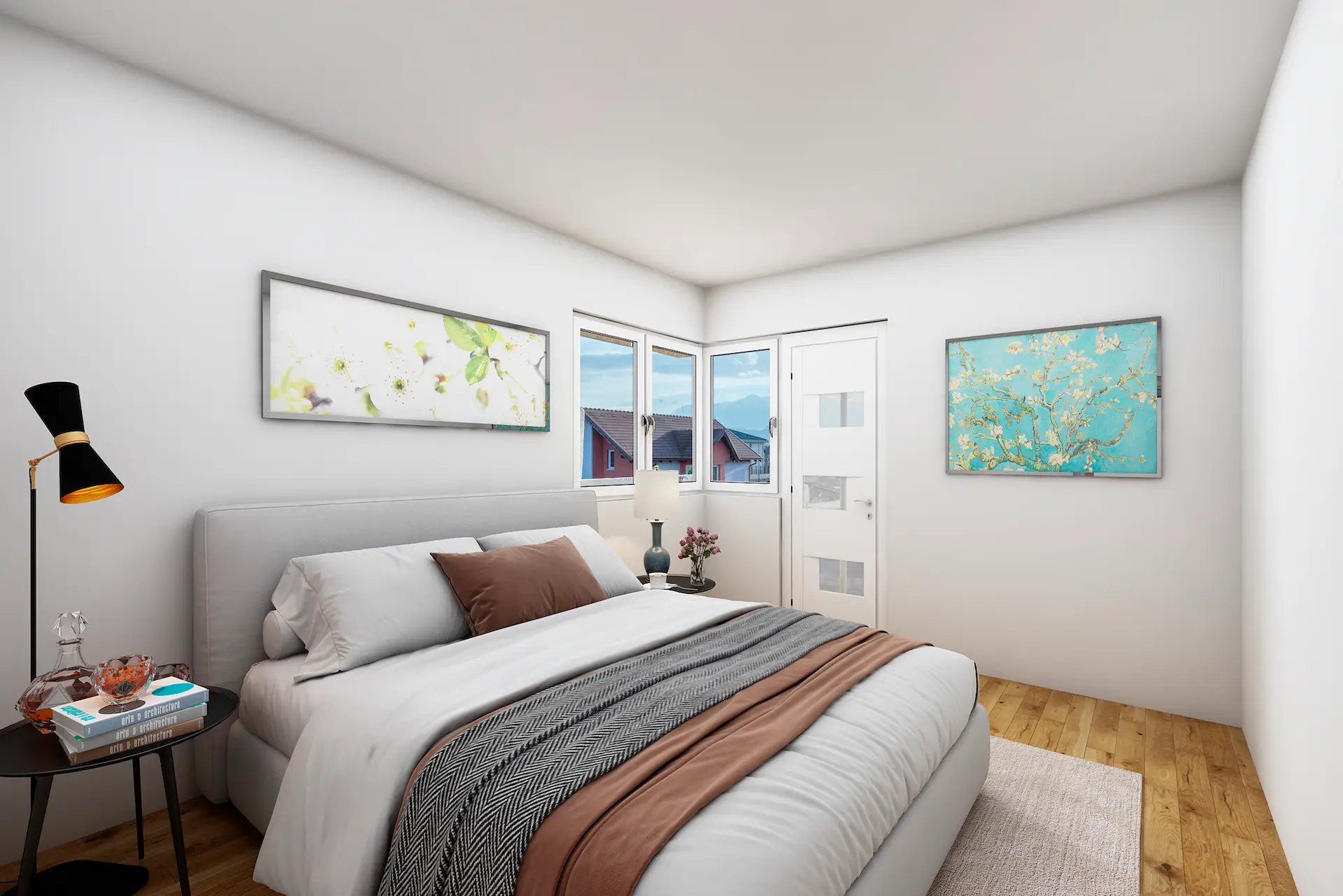
Real Estate Photo Editing FAQ: Everything You Need to Know
Introduction
When buyers search for a new home, photos are often the first impression—and sometimes the only chance—to grab their attention. In fact, according to the National Association of Realtors (NAR, 2024), 97% of homebuyers use the internet in their home search, and listings with professional-quality images receive 118% more online views than those with standard photos.
So what makes some listing photos stand out while others fall flat? The secret isn’t just in the photography—it’s in the editing. This Real Estate Photo Editing FAQ answers the most common, most important, and most misunderstood questions about the editing process and its value in today’s competitive market.
FAQ #1: What Is Real Estate Photo Editing?
Real estate photo editing is the process of enhancing and refining images of a property to better represent it in online listings, brochures, and advertisements. While photography captures the raw scene, editing brings it to life by correcting lighting, color, distortion, and even environmental distractions.
Common editing techniques include:
- Color correction: Neutralizing unnatural tones and improving overall harmony
- Exposure adjustment: Brightening dark rooms or taming overly bright highlights
- Sky replacement: Swapping out dull skies for clear blue or dramatic twilight
- Perspective correction: Straightening tilted walls or leaning verticals
- Virtual staging: Digitally adding furniture to empty rooms
It’s important to note that real estate editing focuses on enhancement, not deception. The goal is to present the home accurately but in the best light possible—just like you would before an in-person showing.
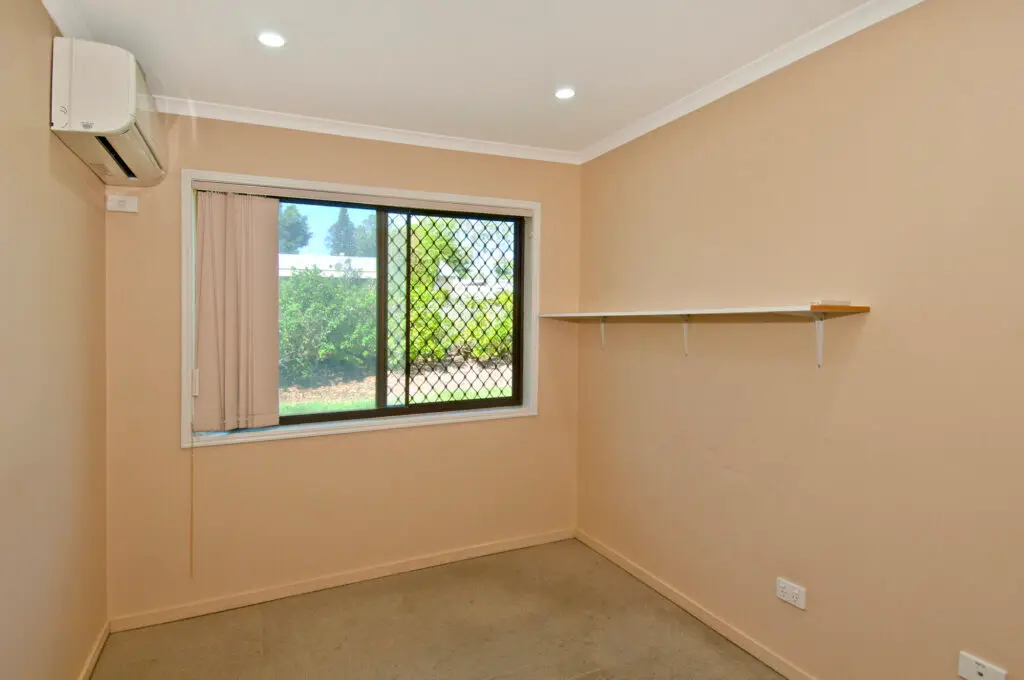
Before: Empty Room
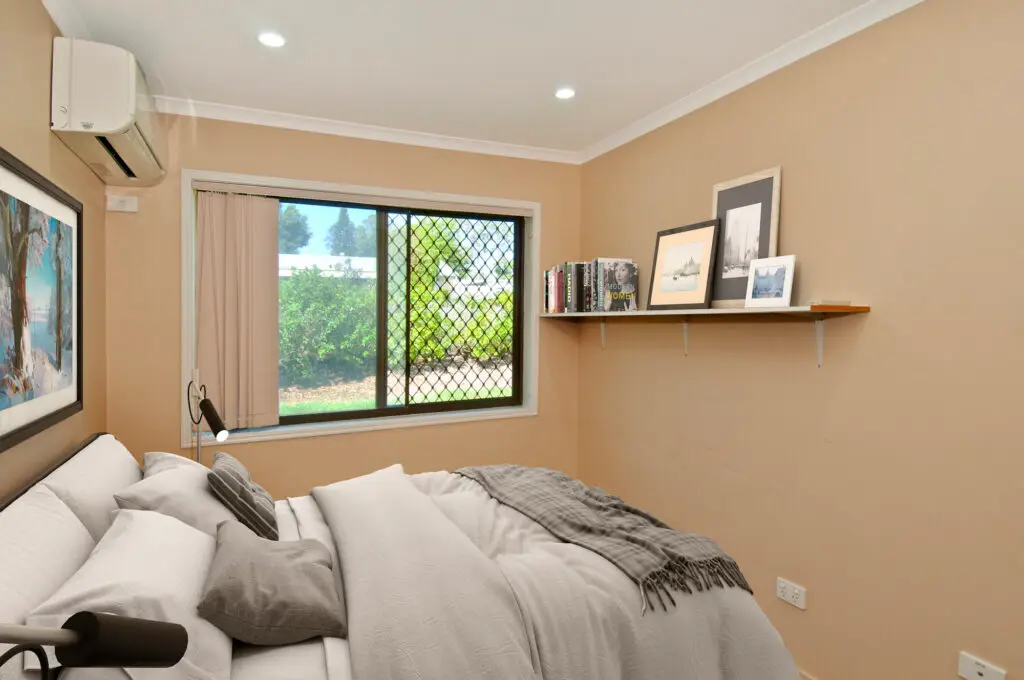
After: Virtual Staging by Digihomestudio.com
FAQ #2: Why Do Real Estate Photos Need Editing?
Even the best cameras can struggle to capture what the human eye sees. Shadows, bright windows, and mixed light sources often distort a room’s true appearance. Here’s why editing is essential:
- Lighting inconsistency: Natural and artificial lights clash, causing yellow or blue tones
- Blown-out windows: Without masking, exterior views are often overexposed
- Lens distortion: Wide-angle lenses bend lines, which can be corrected post-shoot
- Distracting elements: Cords, bins, cars, or reflections can be removed in editing
- Cloudy skies: Editing can replace grey skies with sunshine, boosting curb appeal
Redfin’s internal data shows that homes with professional photography—including editing—sell for up to $11,000 more on average than homes with amateur photos.

FAQ #3: Is Real Estate Photo Editing Ethical?
Absolutely—if used responsibly. This is one of the most debated issues in the Real Estate Photo Editing FAQ conversation. Editing becomes unethical only when it misrepresents the home’s features or layout.
Ethical editing includes:
- Adjusting light, color, and contrast for clarity
- Removing clutter (e.g., garbage bins, wall scuffs)
- Virtually staging vacant rooms with a clear “virtually staged” label
- Replacing skies to improve atmosphere
Unethical editing includes:
- Adding features that don’t exist (e.g., swimming pools, additional rooms)
- Hiding structural damage or defects
- Misleading photo angles that misrepresent space
The MLS and FTC both require that marketing be truthful and not materially misleading. Disclosing edits like virtual staging or twilight conversion is best practice to maintain trust and compliance.

Before: Empty Room

Virtual Staging by Digihomestudio.com
FAQ #4: How Long Does Real Estate Photo Editing Take?
The turnaround depends on the complexity of edits and volume of images. Here’s a typical timeframe breakdown:
| Editing Type | Typical Turnaround |
|---|---|
| Basic editing (color, crop) | 12–24 hours |
| HDR or bracketed sets | 24–36 hours |
| Virtual staging | 24–48 hours |
| Day-to-dusk conversions | 12–24 hours |
| Decluttering/removal edits | 1–2 business days |
| Bulk projects (30+ images) | 48–72 hours |
Rush services are often available, but be aware that complex edits like virtual renovation or virtual landscaping can require additional time. Clear communication with your editor also helps avoid delays.
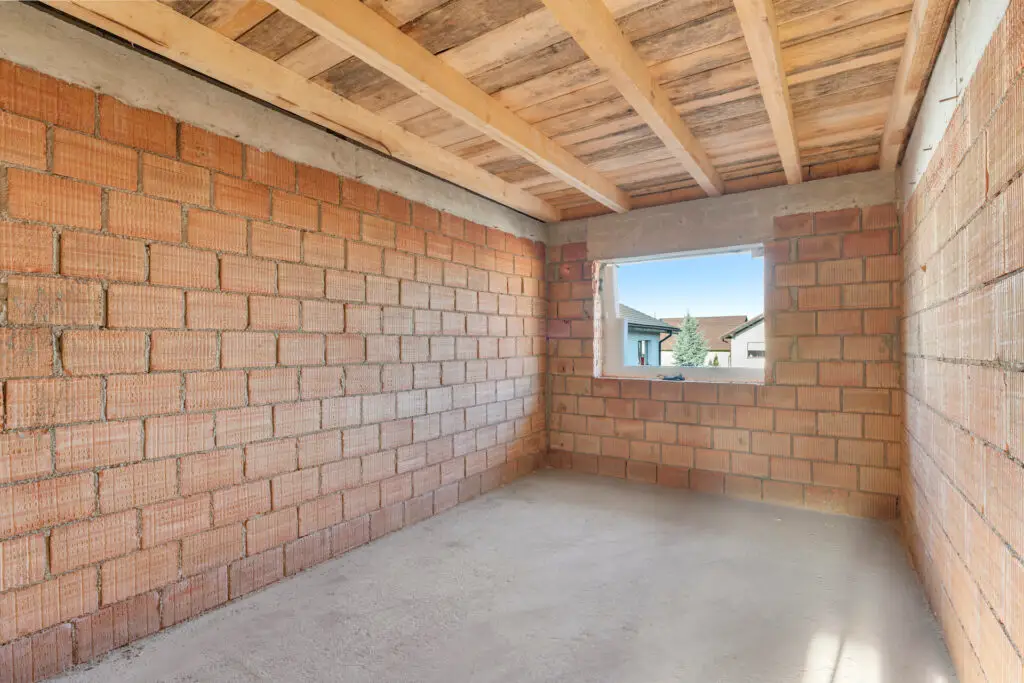
Before: Empty Room

After: Renovation by Digihomestudio.com
FAQ #5: What’s the Difference Between Basic and Advanced Editing?
Understanding the types of editing available helps agents and sellers invest wisely. Here’s a quick comparison from this Real Estate Photo Editing FAQ:
Basic Editing:
- Cropping and straightening
- White balance adjustment
- Brightness and contrast tuning
- Minor object removal (e.g., wires, reflections)
- Perspective correction
Advanced Editing:
- Virtual staging and virtual decluttering
- Day-to-dusk conversions
- Sky replacement and lawn enhancement
- Adding fire to fireplaces or TVs to screens
- Removing furniture or background distractions
Advanced editing is ideal for luxury listings, new developments, or vacant properties where visuals need more polish to capture a buyer’s imagination.
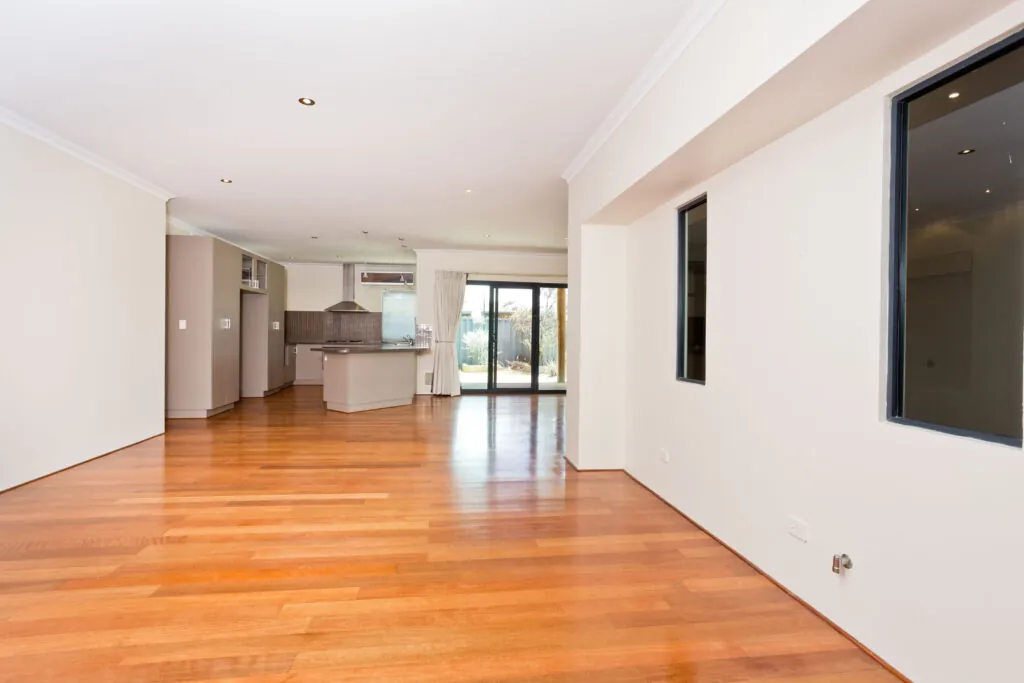
Before: Empty Room

After: Virtual Staging by Digihomestudio.com
FAQ #6: How Much Does Real Estate Photo Editing Cost?
Pricing varies by provider, turnaround speed, and service type. Here’s a breakdown based on industry averages:
| Service | Estimated Price (USD) |
|---|---|
| Basic editing (per image) | $1.50–$3.00 |
| HDR bracket blending | $3.00–$6.00 |
| Virtual staging (per image) | $20–$40 |
| Day-to-dusk conversion | $5–$15 |
| Item removal (per item) | $5–$15 |
| Sky replacement | $2–$5 |
Some editors offer bundles or subscription plans. With Digihomestudio.com, do not hesitate to contact us to get the best deals from us!

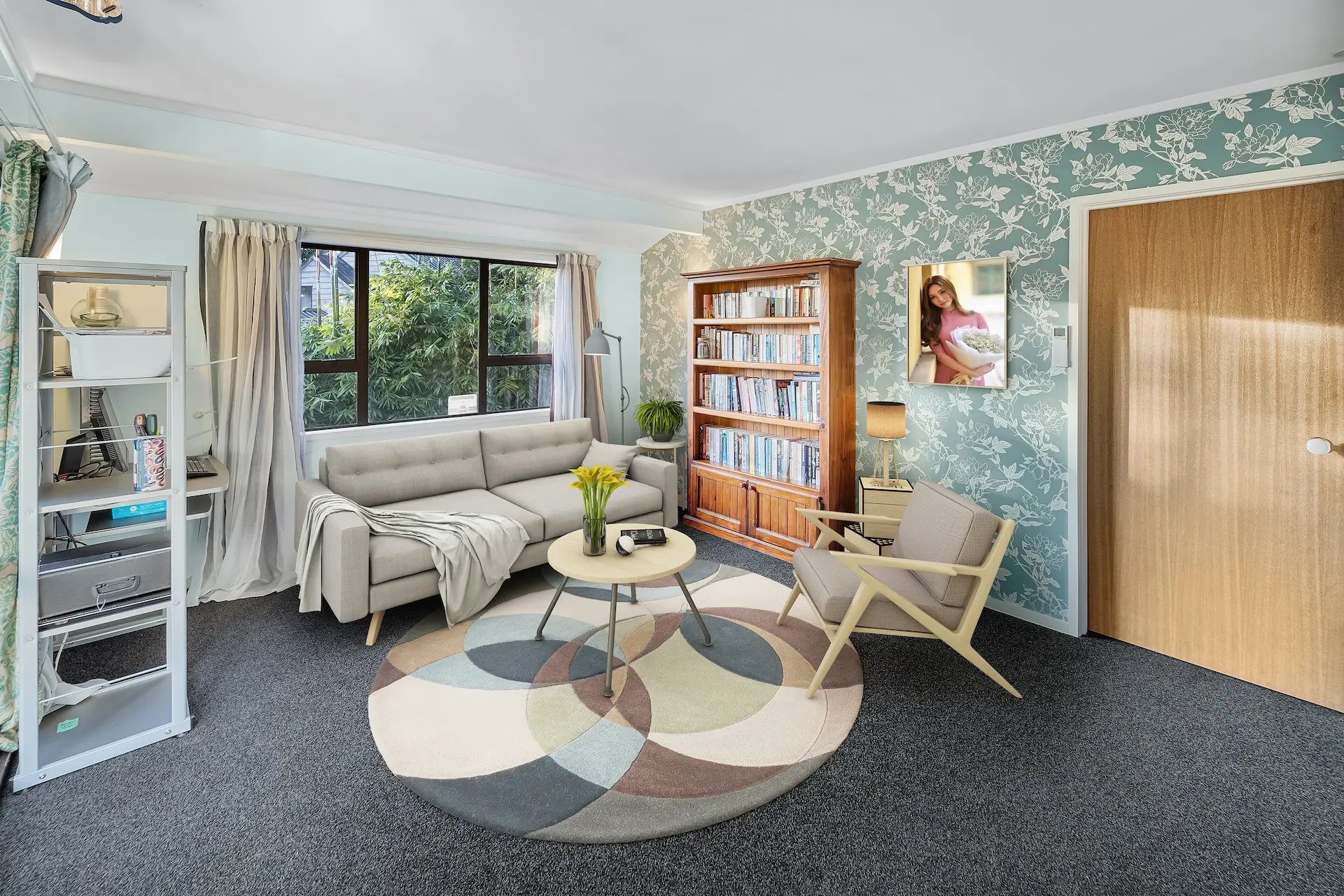
FAQ #7: Can I Edit My Own Real Estate Photos?
You can—but proceed with caution. DIY editing tools like Adobe Lightroom, Canva Pro, Fotor, or Luminar Neo make editing accessible, but inexpert editing can actually reduce a listing’s impact.
Common DIY Mistakes:
- Over-saturation that makes rooms look unnatural
- Incorrect white balance that gives a yellow or blue cast
- Crooked lines or poor perspective correction
- Missed details like reflections or dark corners
If you’re an agent, your time is better spent selling—not learning Photoshop. According to a survey by RISMedia, 61% of top-producing agents outsource editing to professionals to ensure quality and speed.
FAQ #8: Virtual Staging & Advanced Techniques – Your Specific Questions Answered
This is the most detailed section of the Real Estate Photo Editing FAQ, covering key concerns about modern editing techniques.
Why is window masking important for real estate photos?
Window masking balances exposure so that both the inside of a room and the outside view are visible. This is especially important in homes with scenic views or natural lighting. Without it, windows are often blown out, and rooms appear dark.
How does white balance adjustment help sell a home?
Incorrect white balance makes clean interiors look dirty or dated. Adjusting it ensures whites appear crisp and true, which is especially impactful in bathrooms and kitchens. Bright, well-balanced images can influence buyers’ perception of cleanliness and quality.
Is sky replacement noticeable to buyers?
Not when done properly. Sky replacement is a subtle but powerful way to uplift the mood of exterior shots. Professional editors ensure shadows, color tone, and reflections remain consistent, making it almost impossible to tell the sky was swapped.
Does day-to-dusk conversion look realistic?
Yes—when performed by skilled editors. These edits simulate twilight conditions by softening shadows and adding warm interior lighting glows. According to BoxBrownie, listings with dusk images see a 3x increase in online engagement.
Are HDR photos always better for listings?
HDR is great for balancing shadows and highlights, but too much HDR can make images look cartoonish. The best HDR edits are subtle, natural, and calibrated to mimic what your eyes would see standing in the space.
Why add fire to a fireplace digitally?
A lit fireplace evokes warmth and helps buyers imagine themselves living in the space. This subtle lifestyle cue can make cold, empty rooms feel inviting—especially in high-end or seasonal listings.
FAQ #9: What Should I Provide to My Photo Editor?
To get the most from any service in this Real Estate Photo Editing FAQ, be sure to provide:
- High-resolution photos (preferably in RAW format)
- Style direction (e.g., warm vs. cool tones, minimalist staging)
- MLS specifications (file size, orientation, branding guidelines)
- Notes on edits (e.g., remove driveway car, swap sky, stage as office)
- Furniture references for virtual staging consistency
The more detail you give, the more accurate and on-brand your final photos will be.
Suggestions for Virtual Staging & Professional Photo Editing Services
If you are looking for a professional virtual staging service at an affordable price, Digihomestudio.com is a worthy place for you to trust and accompany. You can expect to invest around $29 for a meticulously designed and lifelike final image, suitable for showcasing your home across various digital platforms.
We have a network of world-class virtual stage editors and designers in Vietnam. To ensure the best level of service, the customer service team is located in the US.
Our virtual home staging services include:
- Staging for empty or furnished rooms
- 2D and 3D floor plans
- Change the color of the walls and floors
- Virtual renovation
- Erase furniture and small objects
- And much more!
If you’re prepared to elevate your real estate marketing strategies, reach out to Digihomestudio.com now and experience the benefits of collaborating with one of the top virtual staging firms available today.

Virtual Staging by Digihomestudio.com
Conclusion: Final Thoughts from the Real Estate Photo Editing FAQ
High-quality photos aren’t a luxury in real estate marketing—they’re a necessity. With online platforms acting as the first showing, your listing images must do the heavy lifting. As this comprehensive Real Estate Photo Editing FAQ has shown:
- Edited images sell homes faster, for more money
- Ethical editing enhances appeal without misleading buyers
- Even simple changes like sky replacement or decluttering can make a massive difference
Investing in professional photo editing isn’t just smart—it’s strategic. Whether you’re a photographer, agent, or seller, understanding these techniques empowers you to make your listings shine.





Leave a Reply